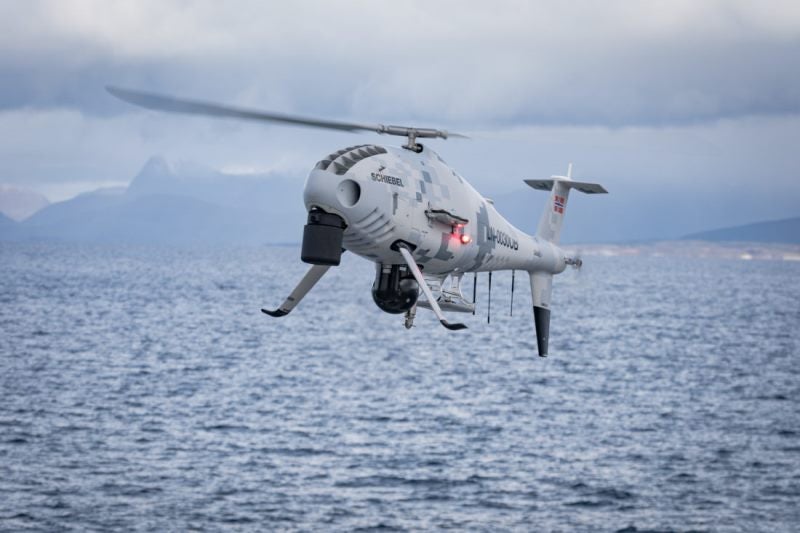
Schiebel has received a contract from the Royal Thai Navy (RTN) to supply its Camcopter S-100 vertical take off and landing (VTOL) unmanned air systems (UAS).
The contract was awarded following a competitive tender process.

Discover B2B Marketing That Performs
Combine business intelligence and editorial excellence to reach engaged professionals across 36 leading media platforms.
It was signed by Schiebel CEO Hannes Hecher and Royal Thai Navy Naval Acquisition Management office director general admiral Prachachart Sirisawat.
The RTN intends to deploy the Camcopter S-100 to Pakphanang District in the province of Nakhon Si Thammarat and on the RTN frigate fleet in 2020.
The systems will be used to conduct land and sea-based intelligence, surveillance and reconnaissance (ISR) operations.
Schiebel Group chairman Hans Georg Schiebel said: “With the Royal Thai Navy, we have another major maritime contract to add to our growing list of customers.

US Tariffs are shifting - will you react or anticipate?
Don’t let policy changes catch you off guard. Stay proactive with real-time data and expert analysis.
By GlobalData“Our Camcopter S-100 is recognised for being a reliable and proven UAS, especially at sea, which is why we outpaced all other UAS suppliers in the competitive tender process.”
The order will see the RTN use VTOL UAS systems for maritime operations for the first time.
Schiebel has formed a partnership with Thailand-based MoraThai Defence Company.
The company stated that the agreement is intended to enable a smooth transition into service and to provide a commercial offset for the programme.
According to Schiebel, Camcopter S-100 does not require a prepared area or supporting launch or recovery equipment.
The system is designed to operate at all hours and under challenging weather conditions.
The VTOL UAS offers a range of up to 200km and features pre-programmed global positioning system (GPS) waypoints to enable automatic navigation.
It can also be operated directly using a pilot control unit.
The UAS uses ‘fly-by-wire’ technology controlled by redundant flight computers to perform the missions in electromagnetic environments.





